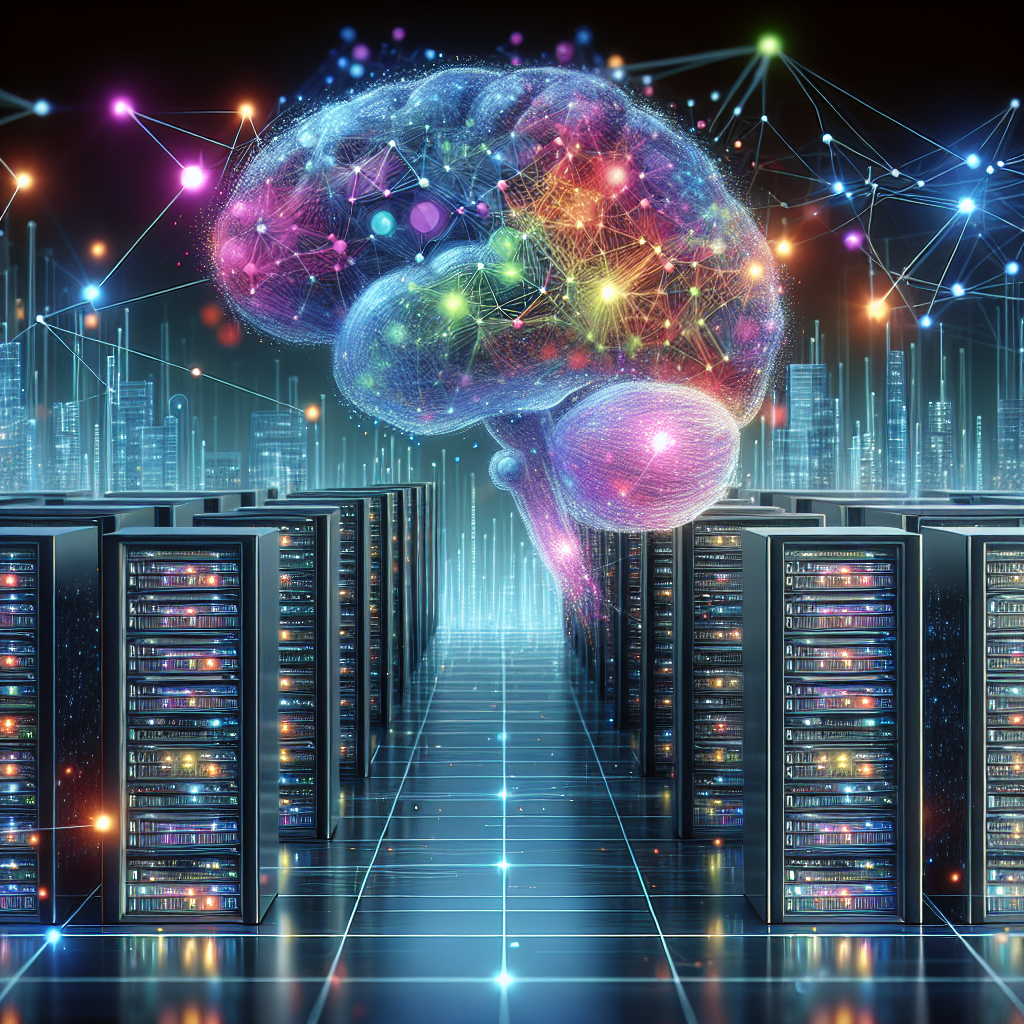Harnessing AI-Driven APIs: Technical Insights, Applications, and Best Practices

The advent of Artificial Intelligence (AI) tools has irrevocably transformed the technological landscape. From powering self-driving cars to enhancing customer service through chatbots, AI tools are at the forefront of innovation. This blog post delves into the cutting-edge technical details of AI-driven APIs, their wide-ranging applications, and best practices for optimization, aiming to provide a thorough understanding for tech-savvy readers and AI enthusiasts.
The ABCs of AI-Driven APIs
API (Application Programming Interface) plays a crucial role in integrating AI features seamlessly into applications. AI-driven APIs like Google Cloud AI, Microsoft Azure Cognitive Services, and IBM Watson offer various functionalities such as text-to-speech, image recognition, and language translation. Let's explore the technical specifics of these APIs.
1. Google Cloud AI
Google Cloud AI provides a suite of APIs that enable developers to utilize Google's powerful AI capabilities:
- Vision AI: Facilitates image and video analysis, catering to tasks like object detection and facial recognition. It leverages deep learning models trained on extensive datasets.
- Natural Language API: Processes natural language to perform sentiment analysis, entity recognition, and syntax analysis. It supports multiple languages and is powered by Google's robust NLP models.
- AutoML: Allows users to build custom machine learning models with Google's state-of-the-art transfer learning technology. It is user-friendly and requires minimal coding.
2. Microsoft Azure Cognitive Services
Azure Cognitive Services provides a vast array of AI services categorized into vision, speech, language, and decision-making capabilities:
- Computer Vision API: Extracts information from images and videos, setting up applications for object detection, image tagging, and handwriting recognition.
- Speech API: Converts spoken language into text and enables real-time translation. It leverages neural network-based speech recognition models for high accuracy.
- Language Understanding (LUIS): Helps to build natural language understanding into apps, bots, and IoT devices. It provides pre-built domains making it simpler to create language models.
3. IBM Watson
IBM Watson offers diverse services designed to deliver AI-driven insights and automation:
- Watson Assistant: Creates chatbots and virtual assistants with sophisticated natural language understanding, designed for engaging human-computer interactions.
- Visual Recognition: Trains custom models for image classification, enabling advanced analytics on visual data. It uses deep convolutional neural networks (CNNs) for image processing.
- Discovery: Analyzes structured and unstructured data, making it easy to uncover meaningful insights and trends. It utilizes machine learning and natural language processing to comprehend complex data.
Applications of AI-Driven APIs
The applications of AI-driven APIs span across various industries. Here are a few notable real-world implementations:
Healthcare: Predictive Analytics with Watson
In healthcare, IBM Watson's analysis capabilities have been utilized to predict patient outcomes and optimize treatment plans. By analyzing vast troves of medical records and research papers, AI-driven APIs can identify potential disease trends and suggest effective treatments.
Customer Service: Chatbots with Microsoft LUIS
Microsoft's LUIS has been instrumental in creating advanced chatbots for customer service. Companies like UPS use AI-driven chatbots to provide instant responses to customer inquiries, significantly improving service efficiency and customer satisfaction.
Retail: Visual Search with Google Vision AI
Retail companies leverage Google Vision AI for visual search capabilities. For instance, Nordstrom uses image recognition to help customers find products by uploading pictures, facilitating a smoother shopping experience.
Best Practices for Optimizing AI-Driven APIs
Maximizing the efficiency and effectiveness of AI-driven APIs requires adhering to several best practices:
Comprehensive Data Preparation
Data quality is paramount. Ensure that the dataset is clean, relevant, and well-labeled. This step is crucial as the AI models' accuracy heavily depends on the input data quality.
Regular Model Evaluation
Continuously evaluate the model performance using relevant metrics such as accuracy, precision, recall, and F1 score. Fine-tuning based on these evaluations helps in maintaining high performance.
Scalable Infrastructure
AI applications can be resource-intensive. Using cloud services for deploying AI-driven APIs ensures scalability and reliability. Tools like Kubernetes can manage containerized AI applications efficiently.
Ethical AI Practices
Prioritize transparency, fairness, and accountability in AI deployments. Implement bias detection and mitigation strategies to ensure fair outcomes. Always be clear about data usage to maintain user trust.
Conclusion
AI-driven APIs are revolutionizing how applications interact with users and process information. Understanding the technical details, leveraging best practices, and exploring various applications can significantly enhance the capabilities and performance of your AI-powered solutions. As AI continues to evolve, staying updated and continually optimizing your approach will ensure you remain at the forefront of technological innovation.
Have you used AI-driven APIs in your projects? Share your experiences and insights in the comments below and let's foster a vibrant discussion!



